Notice this is work in progresss, and the article is not finished, but you might read those parts I have written now.
Continuing my journey reviewing vintage lenses on my medium format digital cameras, the Hasselblad X2D and the older X1D 50C mark II, I have now come to the lenses from my recent camera system, the Canon EOS. I have owned several Canon DSLR cameras during the past 15 years, and still have a lot of lenses for the cameras, that I still keep: A Canon 5DSR 50mpx camera, and my sports camera, a Canon 1DX. Canon have produced lenses through decades and have made some very interesting glass, that I have been seeing forward to test. Like with so many other lenses, I have performed some initial previews just to discover if there any reason to include a particualar lens in my review. Here I was looking for matters like heavy vignetting, total lack of sharpness, or maybe extreme distortion. Consequently, a lens could be excluded from the final review, if the characteristics were to bad.
Reviewed lenses
At the time of starting this article, the list of lenses for review are the following, but take note that if any other nice lens come into my possession or is lent to me, I might afterwards add it to the article, so do come back later to check for additions. Starting with the prime/fixed focal length lenses:
- Canon EF 85mm f1.2 L – a highly professional portrait lens
- Canon EF 85mm f1.8 – the less expensive alternative to the above, but still good?
- Canon EF 135mm f2 L
- Canon EF 200mm f2 L IS USM – a beast of a lens, by some said to be the sharpest lens Canon has ever produced. We’ll se.
- Canon EF 50mm f1.4
- Canon EF 50mm f1.8 – the socalled nifty fifty
- Canon EF 40mm f2.8
- Canon EF 28mm f2.8
And then some zoom lenses:
- Canon EF 17-40mm f4 L
- Canon EF 100-400mm f4.5-5.6 L IS
- Canon EF 24-105mm f4 L IS USM
- Canon EF 20-35mm f3.5-4.5
Initially in the “preview” of the lenses, most performed pretty well, though some can only be used in certain situations, and for the zooms maybe not at all focal lengths. The zoom lenses have only been included if the have shown good character over the main part of the zoom range.
Here are some lenses, that behaved to badly to be included:
- Canon EF 24-70mm f4 L IS USM. Although a gorgeous lens on my Canon cameras, sadly it has a hard vignette all the way through the zoom range 🙁
- Canon EF 24-85mm f3.5-4.5. An older and cheaper zoom that I did not expect much from, and certainly it has a hard vignette all the way through the zoom range.
- Canon EF 28-135mm f3.5-5.6 IS. Another old zoom lens, that displays a hard vignette all the way through the zoom range.
A note on lens adapter: I have used a Techart TCX-01 adapter with electronic contacts for the reviews of Canon EF lenses. It is supposed to support autofocus on many Canon EF lenses, support Canons IS image stabilisation, and provide EXIF data for the Hasselblad cameras. I found that AF is reliable for only very few lenses, works most of the time for others, and is clearly unsupported for many if not most of the lenses I have reviewed. EXIF data is provided to some degree like focal length and aperture, though I find it strange that most Canon lenses are reported as either Hasselblad XCD 45 or HC 80 on my X2D camera.
Canon EF 85mm f1.2 L
Overview
This lens is a beast of a lens. It is heavy, it is big, and it is a bit unwieldy. But on its native cameras, like my Canon 1DX and 5DSR, it can produce stunning images. Now then, how does it perform on the bigger much more demanding sensor of the Hasselblad X2D and its predecessor, the X1D mark ii?
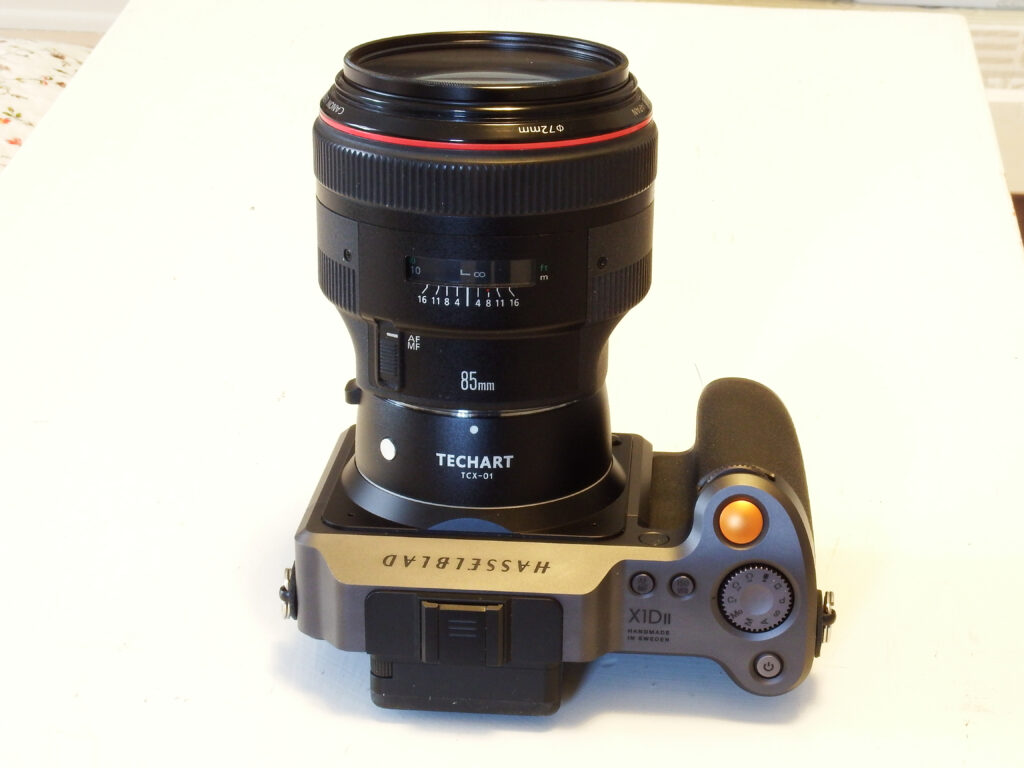
First of all, let’s state what kind of photography this lens is created for. I clearly see this as a lens for portrait photography, and that might also mean for wedding photographers. And why is that? Mainly due to its size and weight, it can’t be seen as a lens for landscape photography, even though I’m the kind of photographer, that uses telephoto lenses for landscapes just as much as wide angle lenses. It is just that unwieldy.
What do you expect from a portrait lens? It should be sharp around the center at its most open aperture, it should have nice color rendering, decent sharpness, and maybe most of all it must be able to show very good and nice background separation / bokeh.
In real world testing, which is what I always do, this lens does exactly all this, and it does most of it very well, so lets have a look at some image examples.
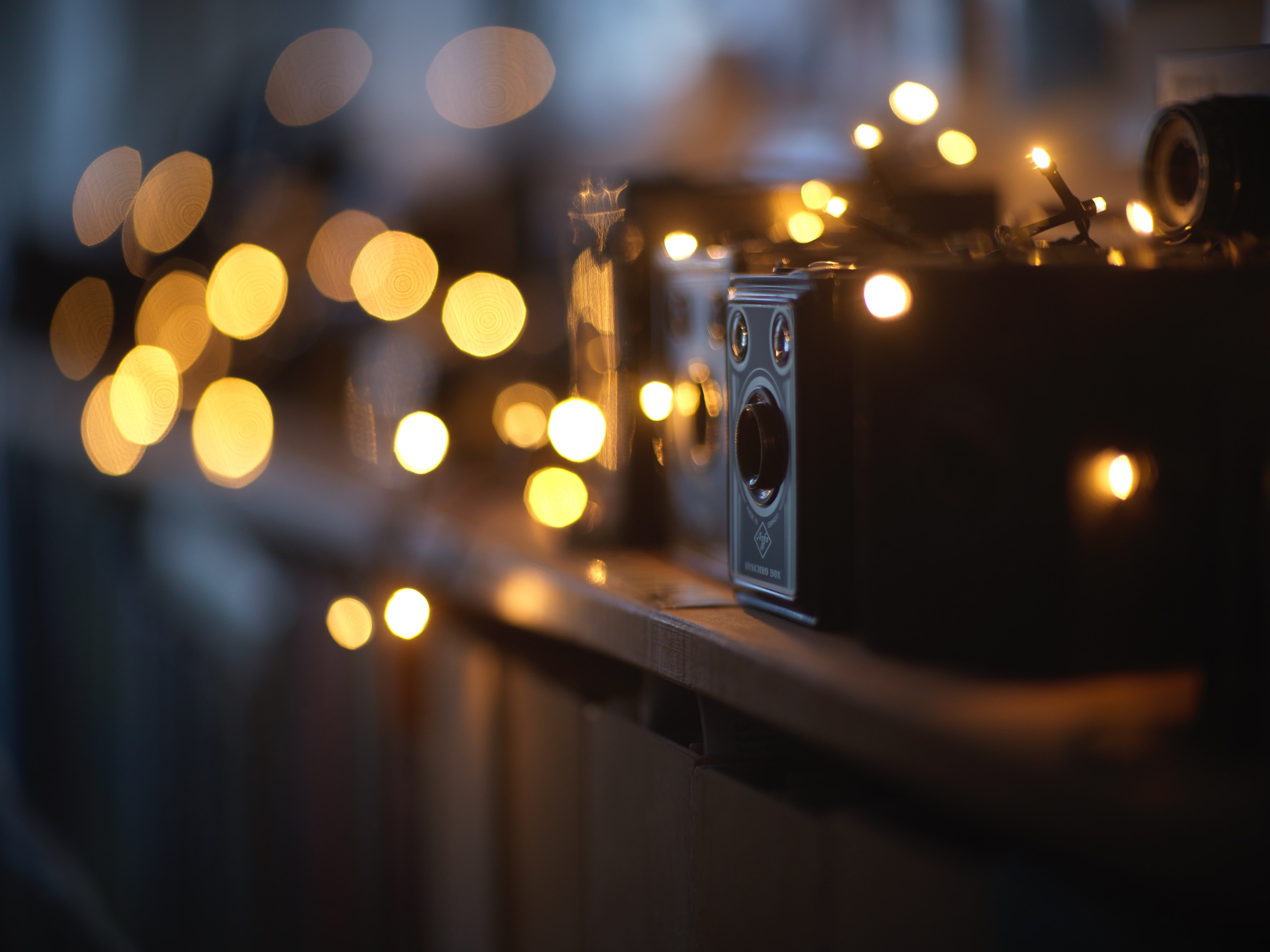
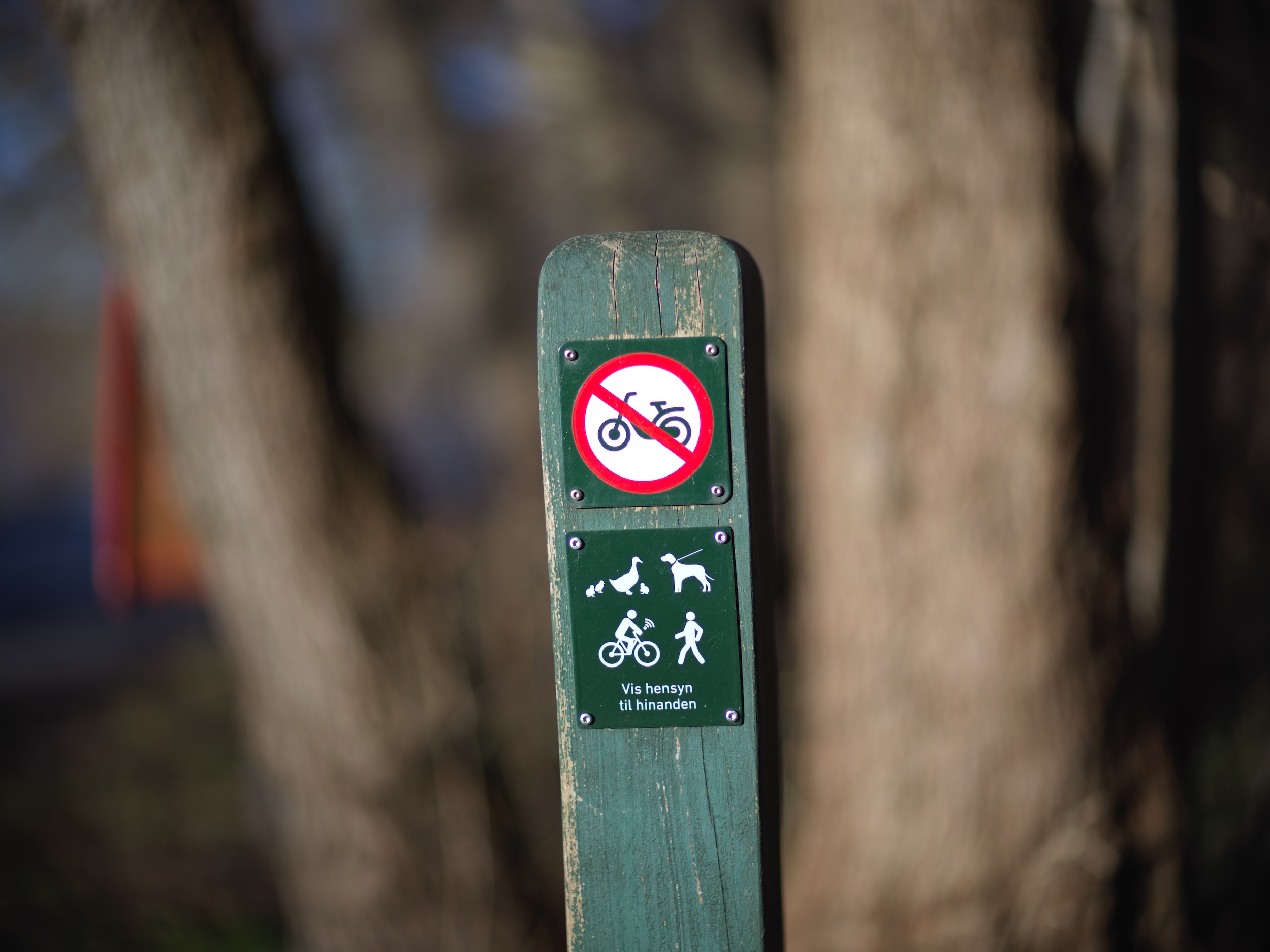

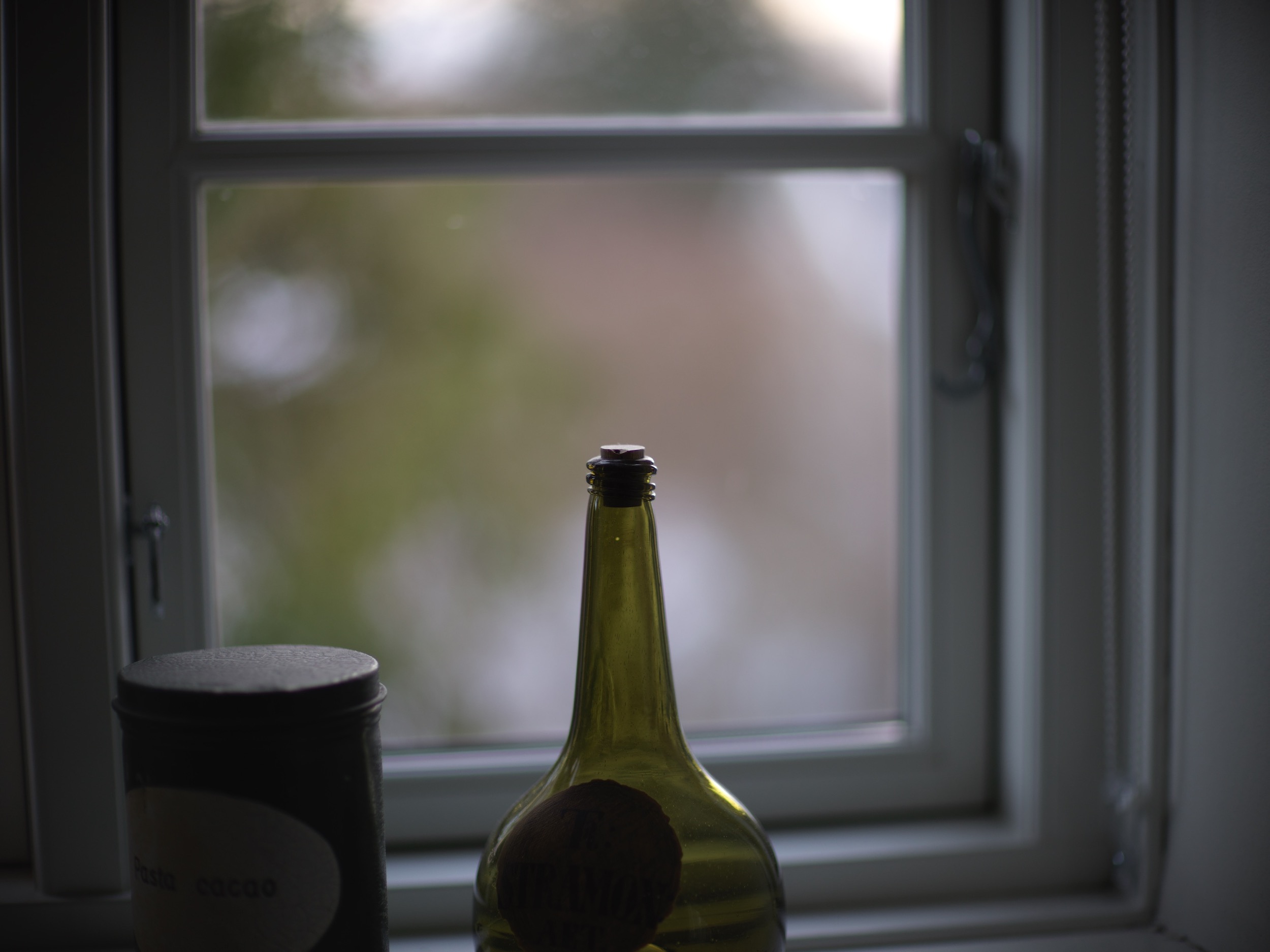
Vignetting?
There are some vignetting at wide open aperture, but it is nothing disturbing, and it is perfectly removable in post production. Furthermore, from f4 and onwards, there is practically no vignetting.
Bokeh / background blur
With regards to this lens’ ability to create out of focus backgrounds, there is no doubt it is amazing, but I have to mention, that unsharp high contrast elements in the foreground have a heavy purple color cast, which you can see in one of the images above. I definitely dislike this characteristic, as it make you want to omit unsharp foregrounds, and that is exactly what you like to have in many of your portraits or images from weddings. One thing, that I like very much is ability to create what is often named “swirly bokeh.” This is more of a vintage rendering of unsharp backgrounds, often seen from older imperfect lenses, so it is at the same time an indicator, that this lens is by no means perfect, in spite of both high price and the amount of glass that goes into producing it.
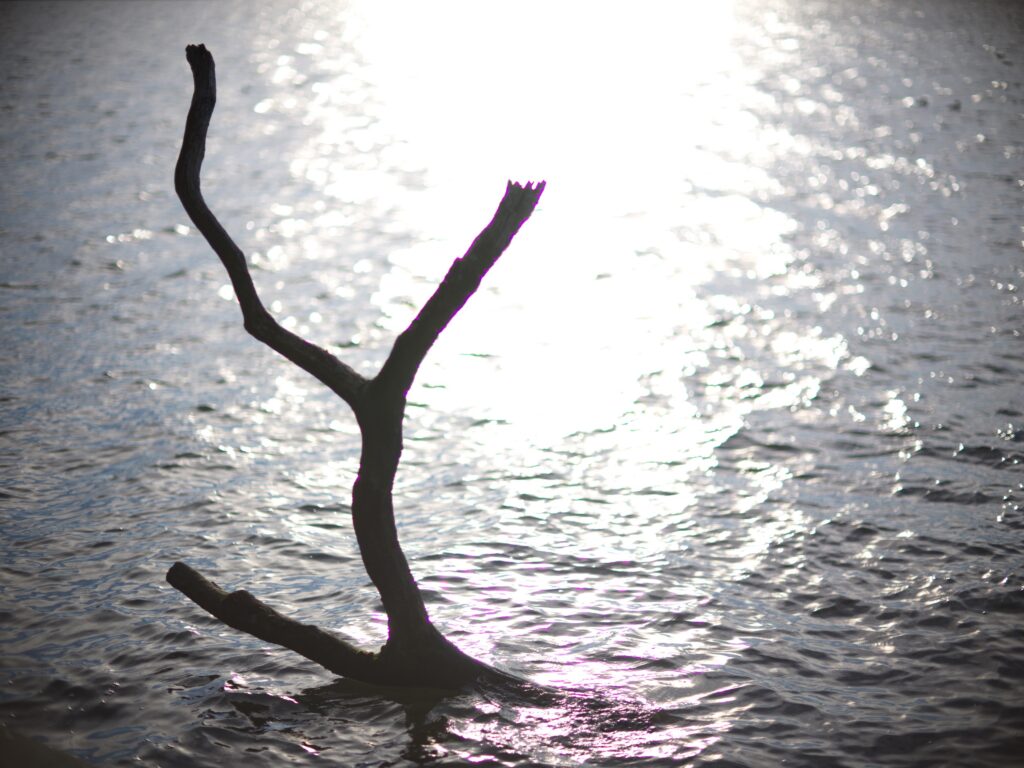
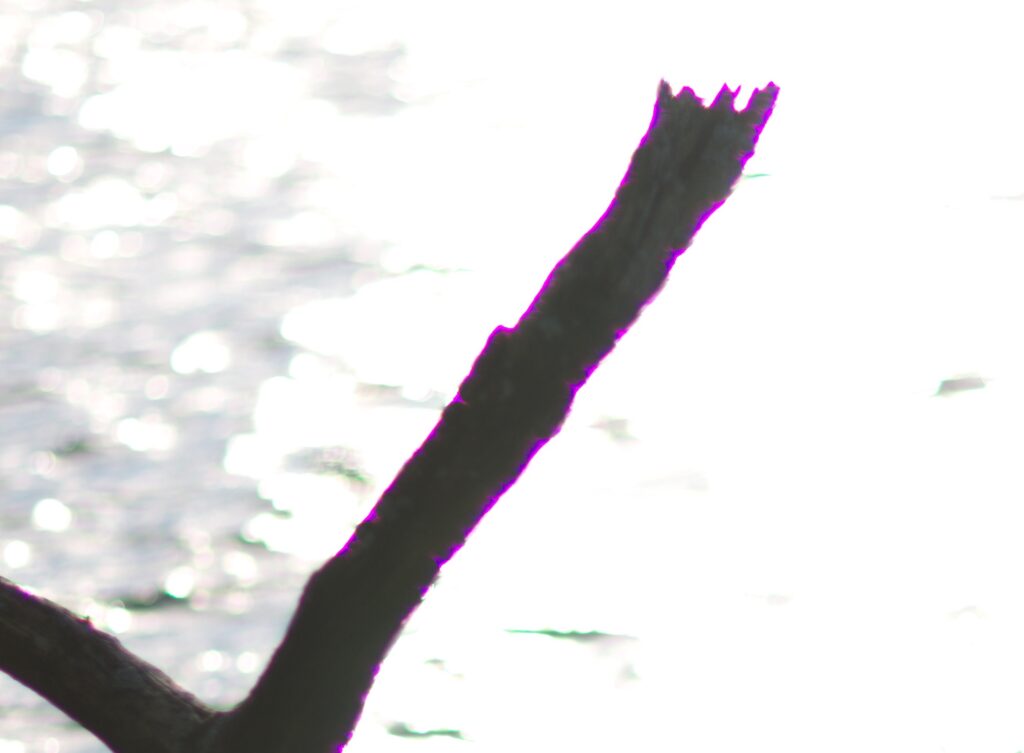
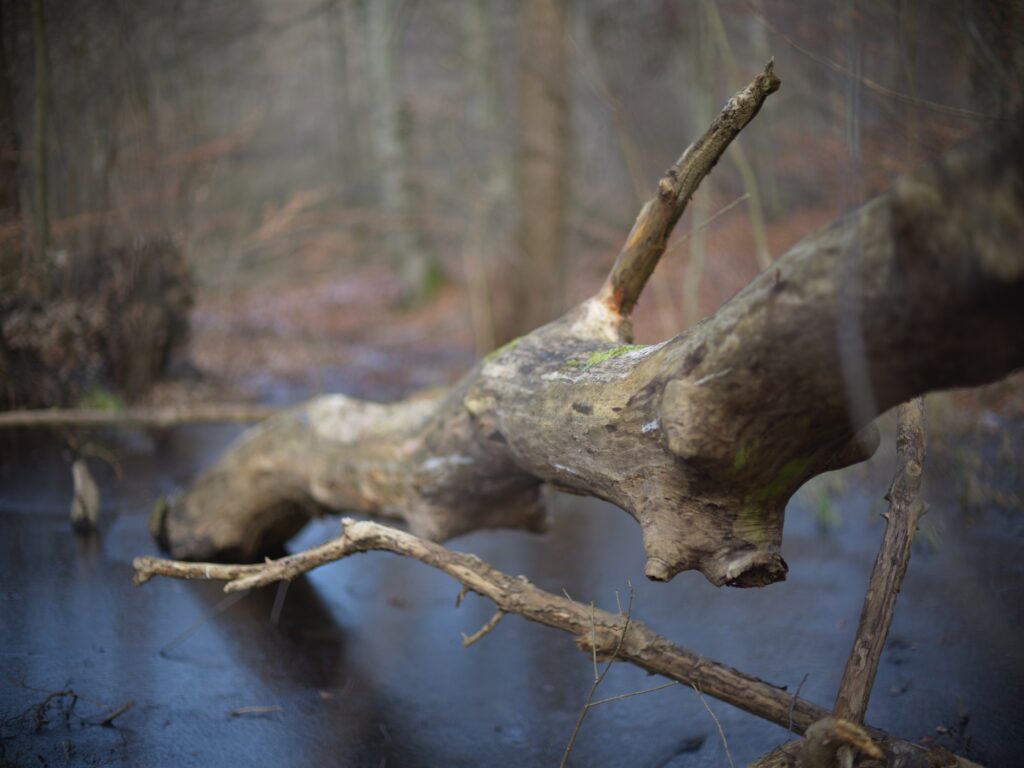
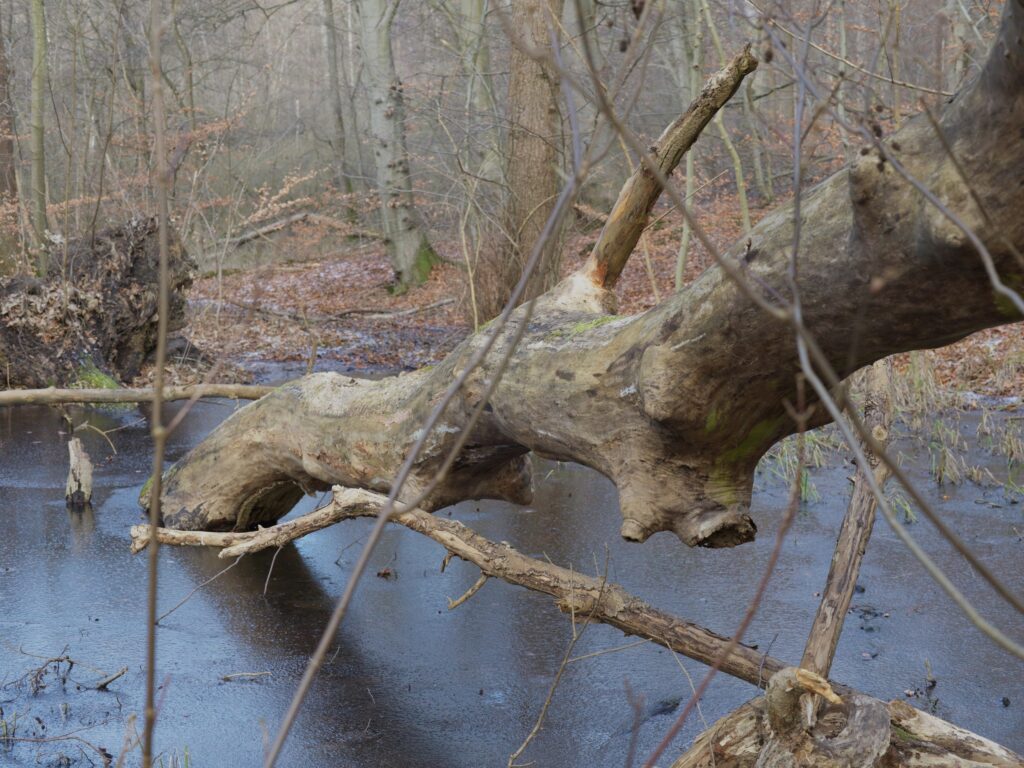
Chromatic aberration
In scenes with extreme contrast as in the above branches against the sunlit lake, the borders of subjects show very strong chromatic aberration. It can be corrected in post, but I still find it a bit annoying, as this wasn’t obvious when the lens was used on lower resolution full frame cameras. Admittedly, it is only in scenes with extreme contrast, that this problem becomes evident.
Sharpness
Canon has done a good job with this lens, although it is not perfectly sharp at f1.2 all over the frame, it is nice and sharp in the center, and as expected for a portrait lens has some degradation as you are nearing the borders and especially the corners of the frame. But stop down just a little and you get nice and crisp images.
Does this lens live up to the expectations?
In many respects this lens does exactly what it is supposed to do, even when put on these very demanding Hasselblad cameras, but there are definitely areas where I would like better performance. I think sharpness is just as needed in this lens’ primary playground, and when stopped down a little it can even work as a landscape lens – although a very heavy and clumsy one. Is is awesome that, despite the extreme large aperture of 1.2, it doesn’t show much vignetting. Another great characteristic of this lens is its bokeh, which is some of the best on any lens, I have tested so far – but (spoiler alert) just read on, there is a lens in this list that might be one of the most awesome in this respect – ever and across all brands of lenses.
Regarding autofocus on the Techart adapter, it is not 100% reliable but works decently most of the time. Remember it is a characteristic of the adapter, not the lens. On my Canon cameras the lens focuses fast and precisely.
In conclusion I’d say that the Canon EF 85mm f1.2 is a great lens if you shoot portraits or wedding scenes and want extreme and beautiful background separation. It can be used for landscapes either to separate subjects from the surroundings, or when stopping down to create perfectly sharp scenes, but you do have to cope with size and weight of this lens. Either way it comes highly recommended if you can find it at a reasonable price.
Canon EF 85mm f1.8
I can only recommend this lens. It performs close to the level of the much more expensive 85mm f1.2 reviewed just above, but it is much cheaper, furthermore considerably smaller and lighter.
Canon EF 135mm f2 L
As a lens I have always been happy with the results from, I was hoping it would perform well on the Hasselblad cameras. On a full frame camera it is biting sharp already from f2, only loosing slightly in sharpness towards the corners, and it has no vignetting whatsoever, but could it keep up to this great performance on the larger sensor and on the insane resolution X2D camera?
Let’s have a look at some images.

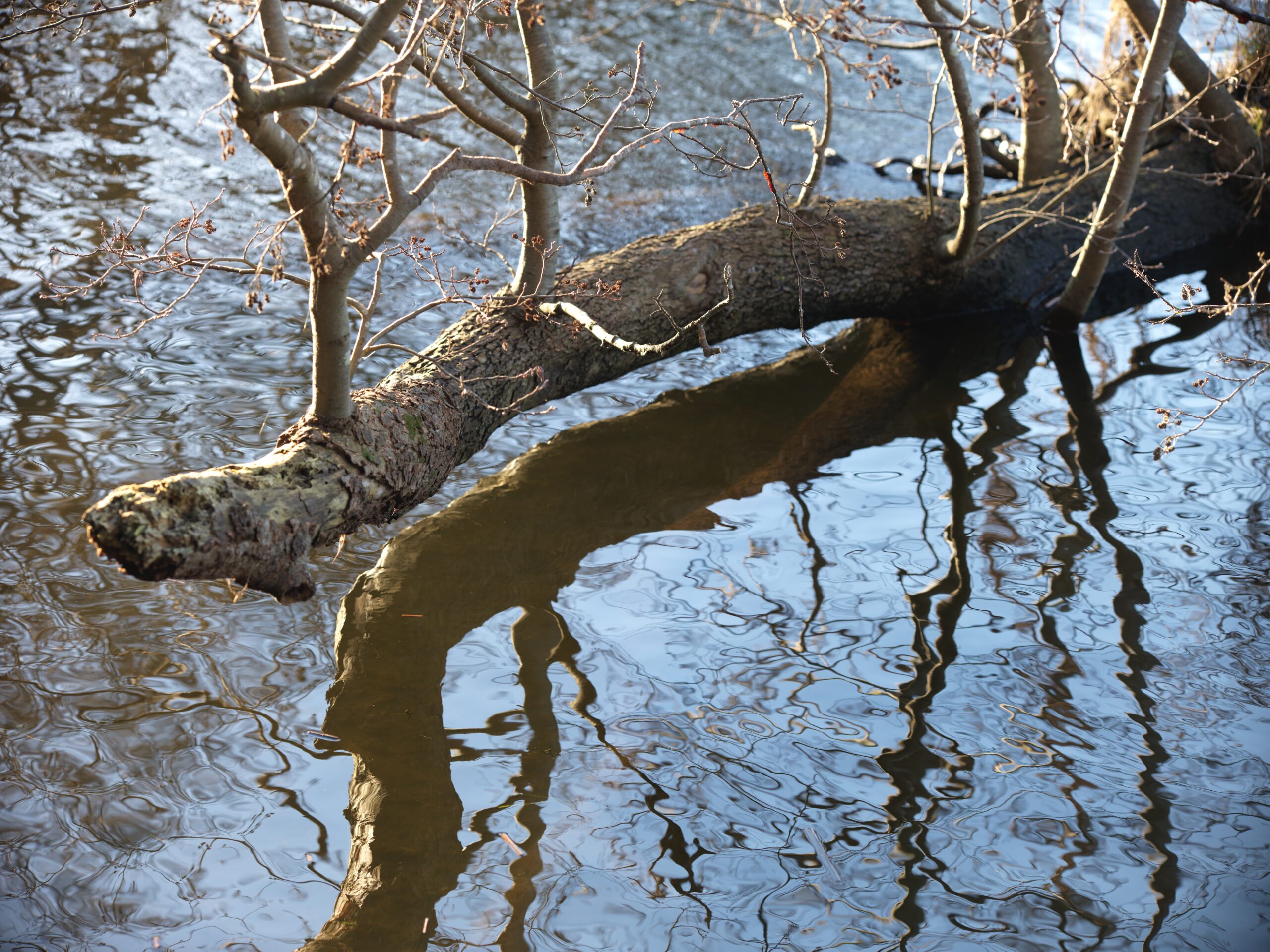
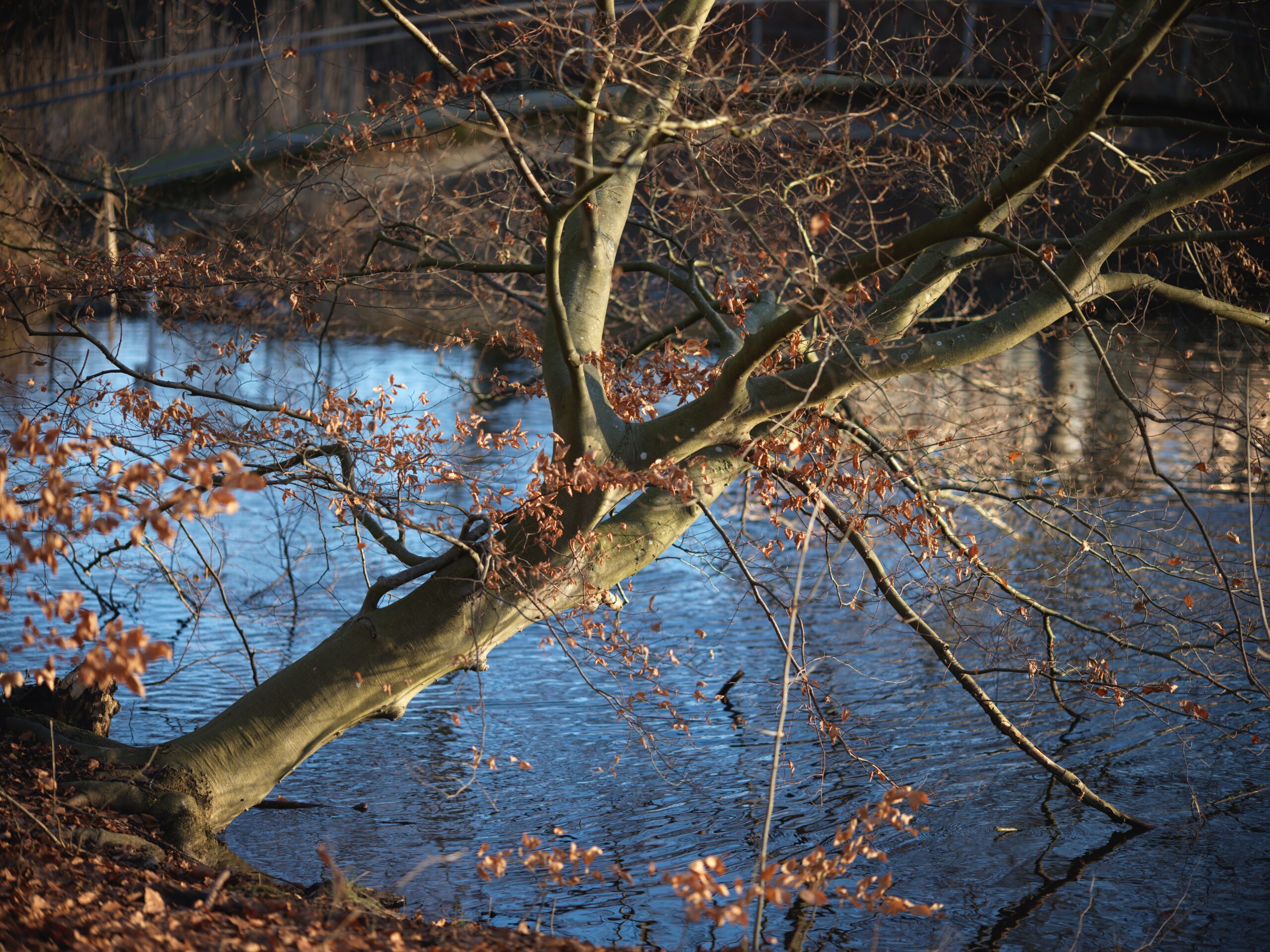
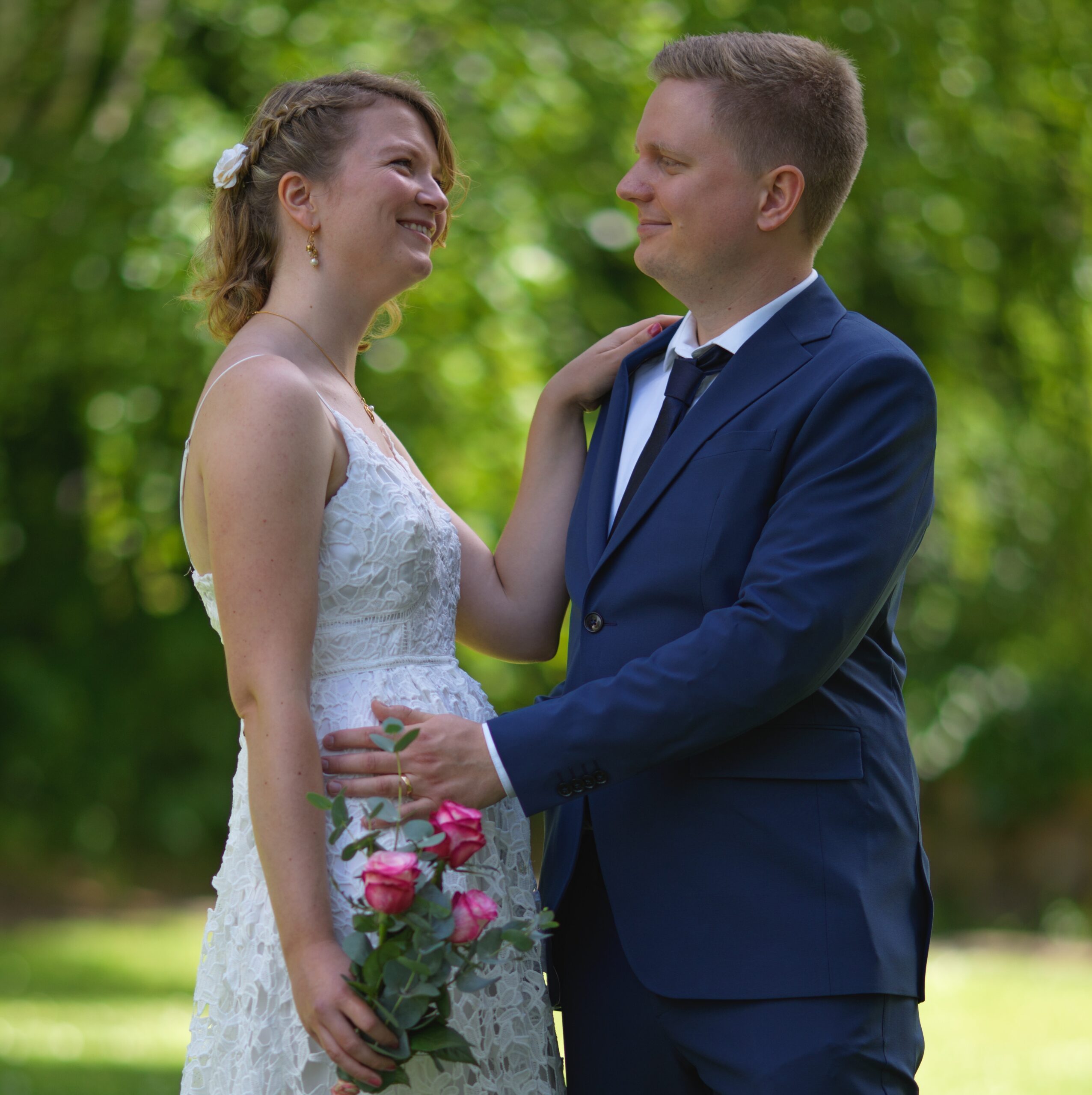
Background separation
The large aperture of this telephoto lens gives the possibility of very strong separation between subject and background, as can be seen from several of the examples above. Furthermore, the blurred background is nice and smooth, which is another great characteristic of this lens.
Vignetting
There is only a little vignetting visible when shooting at very wide apertures like f2-f4. Above this there is virtually no vignetting. Additionally, the vignette is easily removable in post processing, but for most of my images I leave it, as it most often is not disturbing, and when doing shots like the wedding shot above, it actually accentuates the subject. Let’s look at a studio shot to see how much vignetting actually is present, and how the sharpness decreases towards the corners.
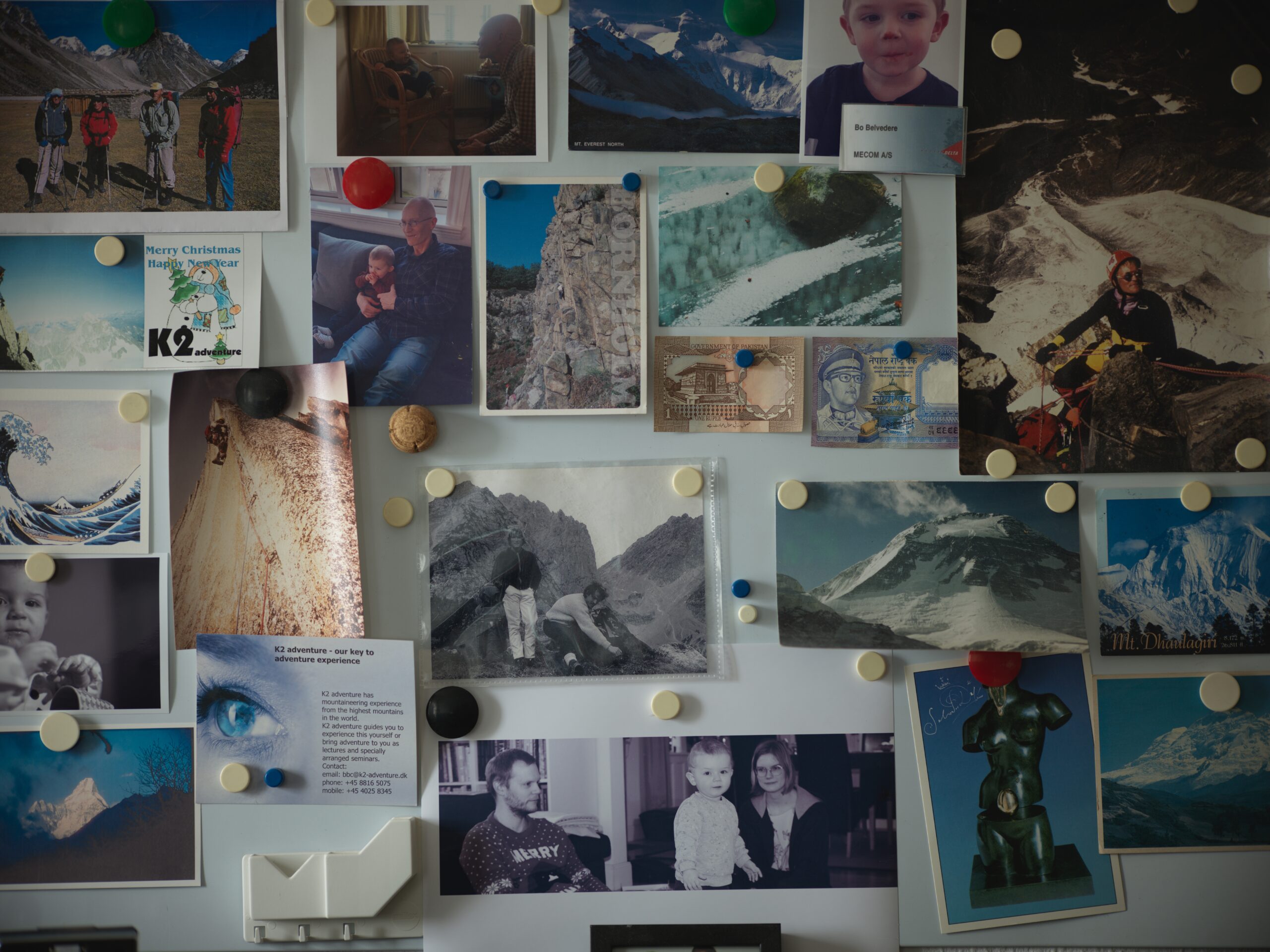
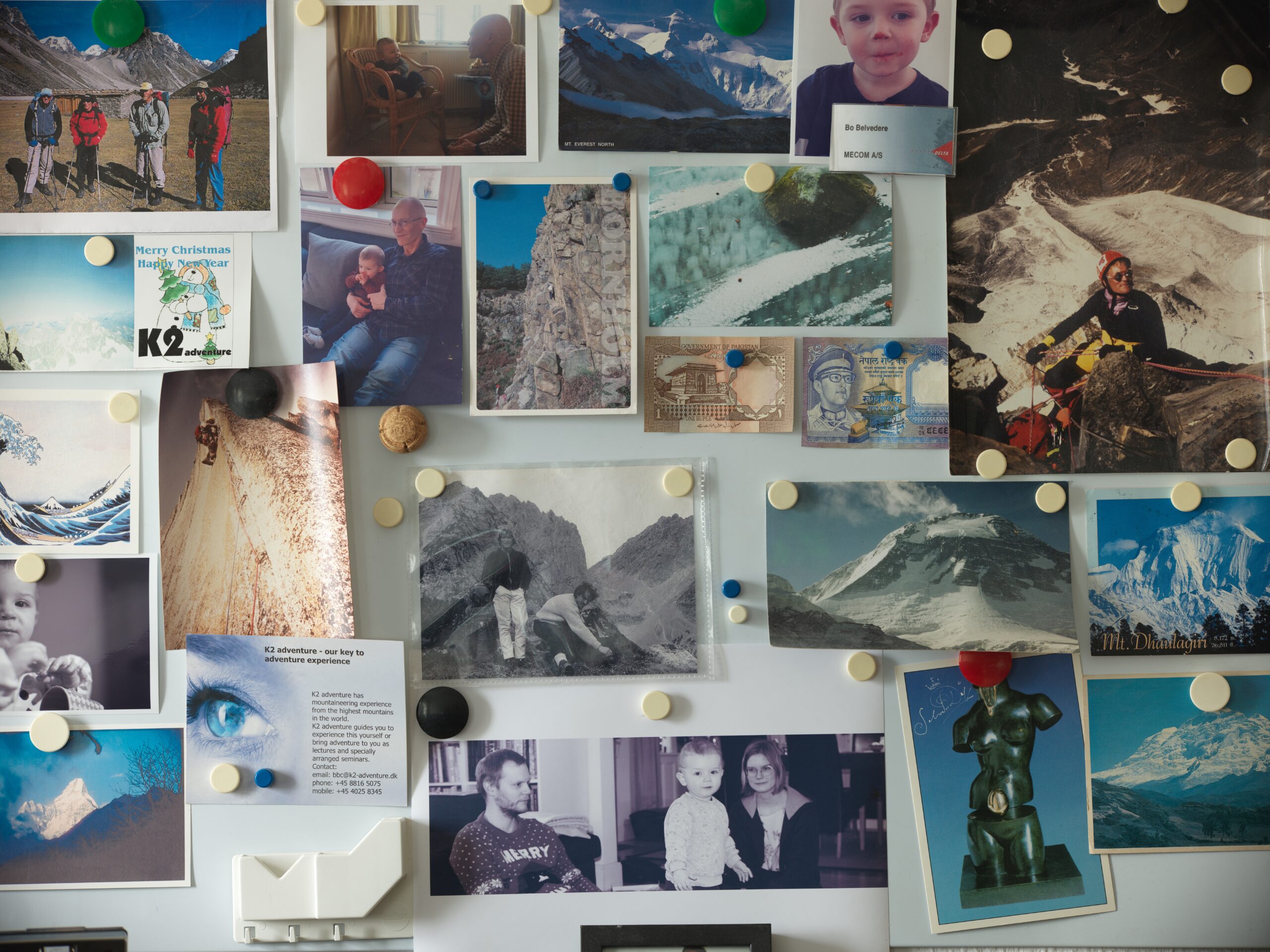
There is visible vignetting even a very little in the shot at f5.6, furthermore there is a noticeable sharpness decrease towards the corners at f2, where also contrast is lacking a bit of bite. The image result at f5.6 is clearly much better and probably near the peak of this lens’ performance. But overall I think you can rely on this lens to get exactly the look you want. Background separation – yes, overall sharpness – yes, little to no vignetting – yes, good contrast – yes, very nice color rendition – yes.
To conclude this lens I can only say, if you want a super lens that delivers amazing quality even on a modern medium format sensor camera, you should definitely get the Canon 135mm f2 L. It comes highly recommended even at the current price on eBay of just above 600€.
Canon EF 200m F2 L IS USM
.
Canon EF 50mm f1.4
To conclude this lens, it is a lens that can be obtained very cheaply, but I can’t really recommend it except if you can live with the necessity to crop the corners of the image, and accept its ability to provide sharpness only at apertures from f2 and up.
Canon EF 50mm f1.8 – the nifty fifty
Canon EF 40mm f2.8
Conclusively, this lens was a real surprise. It’s such a small lens, a real pancake lens, and doesn’t make much of itself, but I found it to be quite a great performer. Even the cooperation with the Techart adapter was surprising, it has very reliable autofocus on the adapter. Highly recommended- even the lens-adapter combo.
.
.
.
Overview of the tested Canon EF lenses |
|||||
|---|---|---|---|---|---|
| Lens | Aperture | Vignetting | Sharpness | Contrast | Chromatic aberration |
|
Canon EF 85mm |
1.2 | Little | Good center, corners OK wide open. Fine sharpness when stopped down past 2.8 | Very good even in strong backlight | Little except in very high contrast scenes |
|
Canon EF 85mm |
1.8 | Little | |||
|
Canon EF 135mm |
2.0 | Almost none |
Excellent sharpness in center, good sharpness in corners already at f2. |
Very good contrast | Almost none |
|
Canon EF 200mm |
2.0 | Little |
Perfect center, corners good already at f2. Perfect all over from f2.8-f16 |
Fine | Very little |
|
Canon EF 40mm |
2.8 | Very little |
Fine in center, corners just OK at f2.8 Good all over at f4-f16 |
Fine | Little |
|
Canon EF 28mm |
2.8 | Very visible at f2.8, little at f8 | Good center already at f2.8, corners never really sharp even at f8 | ||
|
Canon EF 50mm |
1.4 | Hard vignette at all f stops | |||
|
Canon EF 50mm |
1.8 | ||||